There is growing recognition in the United States that the country has a real problem with police violence. An estimated 965 suspects were killed by police in 2015, according to the Washington Post. The shockingly high number, which compares with single-digit police killings in other Western countries, has fueled a public debate and led many to conclude that body cameras would help end the violence.
When a lawyer for a Baltimore man whose death in police custody touched off riots in the eastern US city issued a plea for more police cameras, police departments across the country and the US Justice Department took notice.
The United States must "seize this moment" and develop a "new culture of policing," lawyer William Murphy Jr said in making the case for body cameras for all cops.
Murphy represents the family of 25-year-old Freddie Gray, who suffered a severe neck injury after his arrest April 12 apparently while being driven unrestrained in the back of a police van.
Gray's death, which resulted in charges against six police officers, was just one of several police brutality cases in the United States in 2015. Most of the cases have involved white officers fatally shooting young unarmed black men.
While there was no police recording made in the Gray case, other cases have been recorded and many of them have sparked controversy.
In Chicago a police dashboard camera recorded the shooting of 17-year-old Laquan McDonald, an African American, in October 2014.
The video shows an officer pumping an entire magazine into the suspect, who was holding a knife but appeared to be walking away from officers. The release of the video more than a year after the shooting triggered protests, charges of a police cover-up and calls for the mayor to resign even after one officer was charged with murder and the police superintendent was fired.
It was a case that might never have come to light if not for the video. And it only lent more justification to the case for police cameras, both on officers' bodies and their cars.
About 25 per cent of the nation's 17,000 police agencies were using body cameras, according to a 2014 government-sponsored study of body cameras.
In May, just a month after Gray's death, the US Justice Department announced it would provide 20 million dollars in grants to local police departments to help buy body cameras for officers. The grants are just the first portion of a 75-million-dollar camera funding programme requested by President Barack Obama that aims to buy 50,000 body cameras in the next three years.
In Baltimore the mayor has launched a body-camera pilot programme, and Chicago expanded its test of body cameras to six additional patrol districts.
Demand for the cameras increased following not only the Baltimore and Chicago cases, but others across the country, including some deadly altercations recorded by citizens on mobile phones and surveillance cameras.
In Cleveland, Ohio, a 12-year-old boy was fatally shot in a city park by police officers who mistook his toy gun for a real one. Law enforcement officials said one of the lessons learned was that surveillance video of the incident was a useful tool in investigating the case.
Cleveland has since acquired body cameras for all officers and started the process of providing dashboard cameras for police cars belonging to the county in which Cleveland lies.
Some departments that have tried using cameras have reported a decrease in the use of force and fewer complaints from residents.
In San Diego, California, a 2015 report based on preliminary data showed that body cameras helped reduce "personal body" force by officers by 46.5 per cent.
Supporters say the devices are needed to provide transparency, build public trust and provide evidence against false complaints.
Christopher Protsman, police chief in Dayton, Ohio, said he expected to have cameras installed in all the city's police vehicles in early 2016.
"I see a tremendous benefit to them," Protsman told the Dayton Daily News.
They will make it easier for police to clarify evidence and complaints against officers. If his officers act inappropriately, he said, "it gives us the tool to call the person in, review the video with them and explain why the officers did what they did."
Although many police departments are embracing the technology, some remain divided over the use of the cameras. And questions have emerged as to when they should be turned on and off and how much of any video should be made available to the public.
The American Civil Liberties Union (ACLU) has voiced support for police cameras, but at the same time expressed concern over privacy.
The potential for the release of embarrassing video is significantly increased by body cameras, the ACLU said in a March report.
The organisation urged police departments that deploy cameras to also enact privacy policies "so that the benefits of the technology are not outweighed by invasions of privacy."
The Fraternal Order of Police, which represents rank-and-file police officers, also has raised concerns about the cameras picking up private conversations between officers. But the union has endorsed them.
The question of whether cameras can make a difference in reducing the number of fatal police encounters is one that will be studied even more closely in 2016. Representatives of the victims of police violence are especially hopeful to see a change.
"We must seize this moment," said Murphy, the lawyer for Baltimore suspect Freddie Gray. "The lasting changes we make will be Freddie's legacy."
BR100
15,235
Increased By
150.4 (1%)
BR30
44,824
Increased By
812 (1.85%)
KSE100
149,971
Increased By
1353.3 (0.91%)
KSE30
45,655
Increased By
407.2 (0.9%)


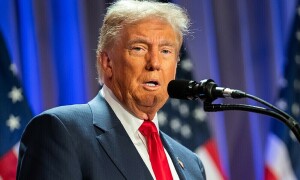



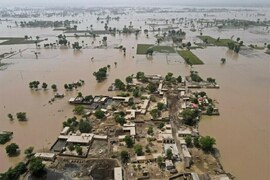







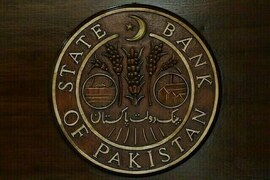


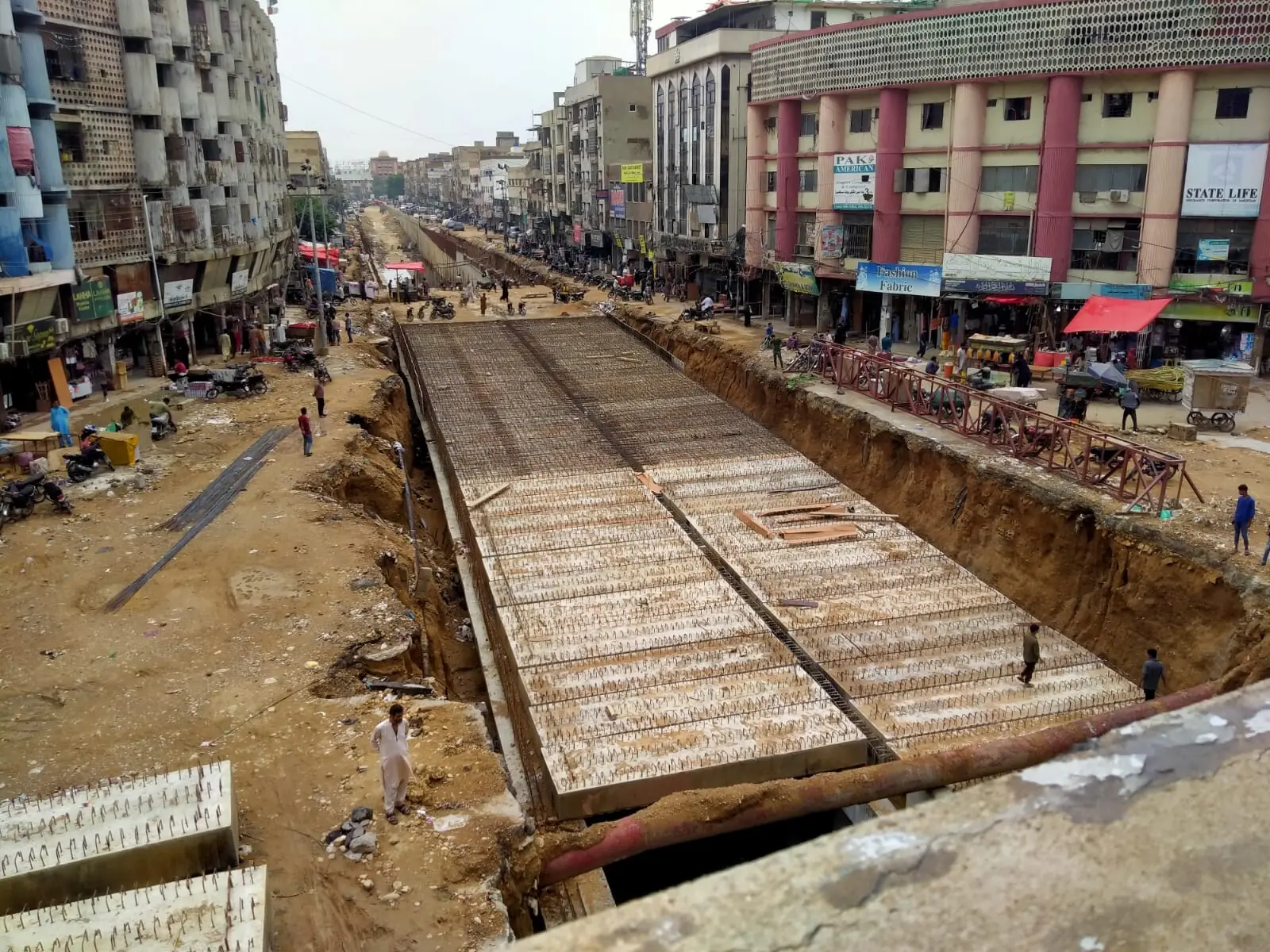


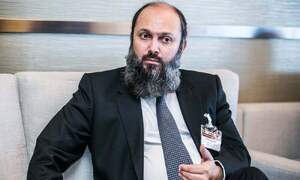

Comments
Comments are closed.